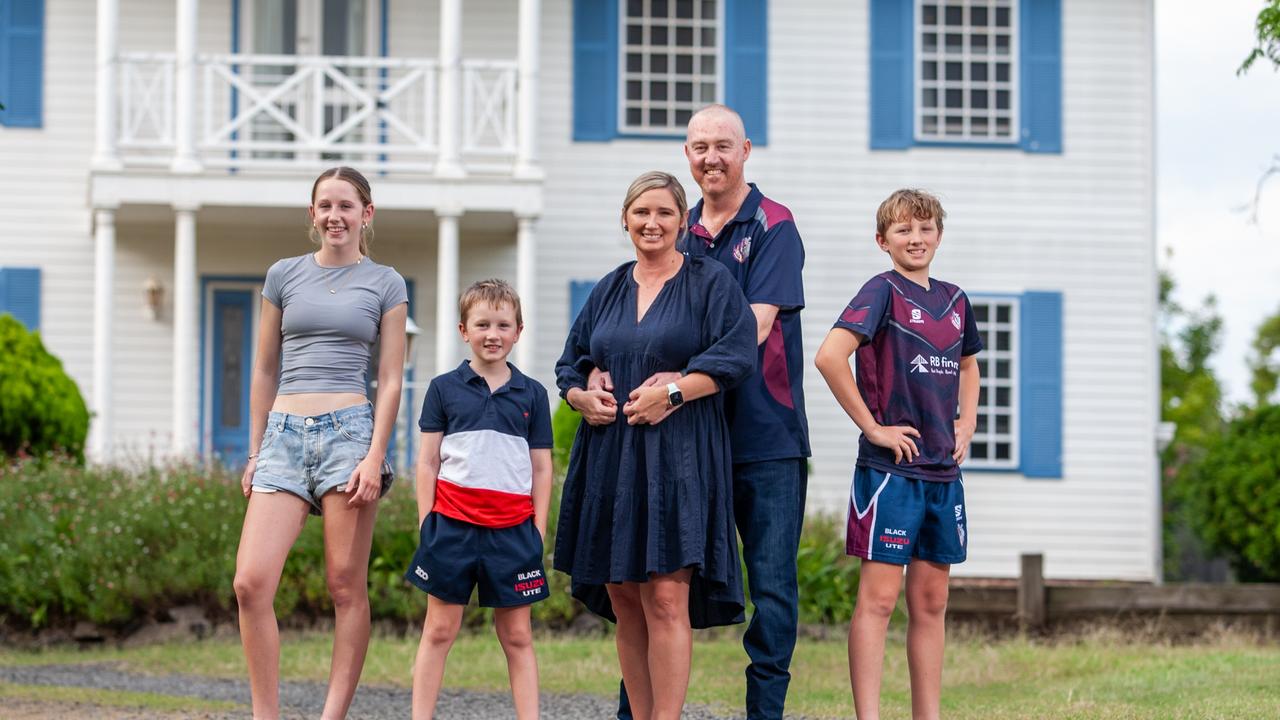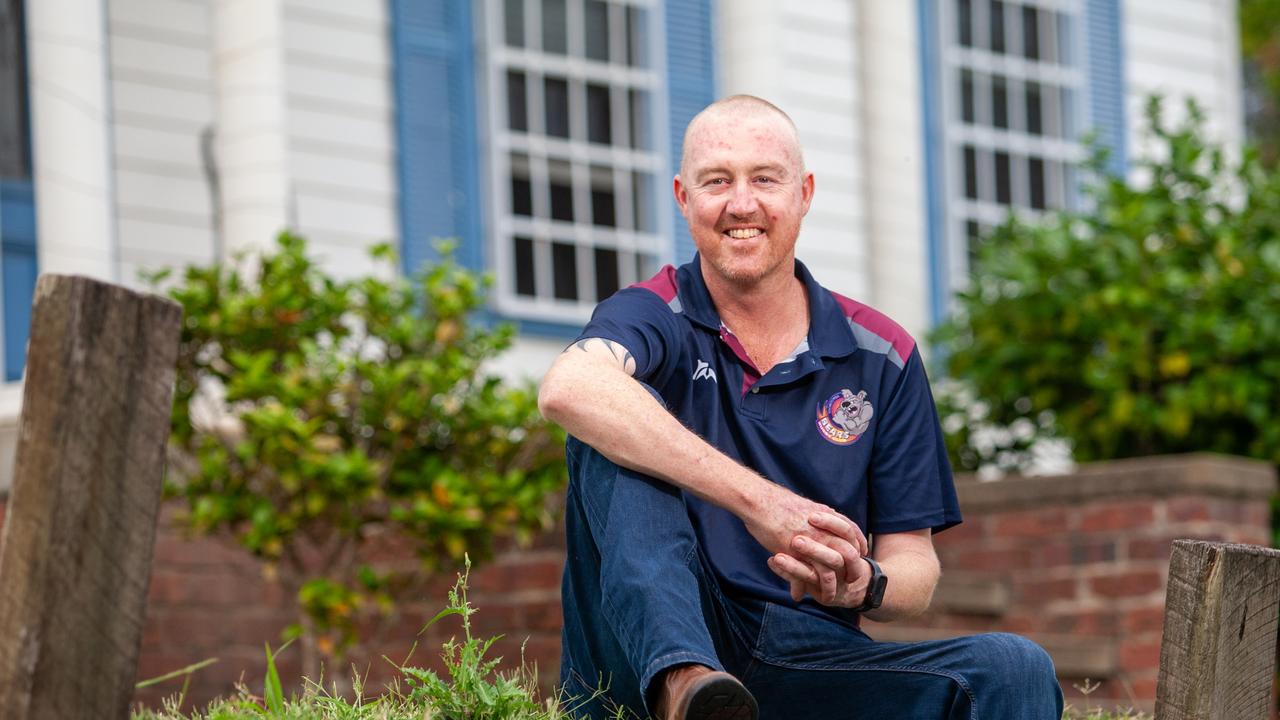Toowoomba man undergoes extraordinary procedure to replace both heart and lungs
This Queensland man is a living miracle. He is one of very few people in the world who can say they’ve donated their heart and is alive to tell the tale.

Living miracle Steve Kauter is one of the very few people in the world who can say they’ve donated their heart and lived to tell the tale.
Mr Kauter, who turns 40 this year, was a busy electrician with his own business in Toowoomba when he began struggling with the physical requirements of his job.
Diagnosed with Rheumatoid Arthritis, he experienced a severe reaction to medication required to treat his condition, resulting in fibrosis of the lungs and a spot on the lung transplant list.
He got ae lung transplant in 2020 but his recovery was short lived, and he found himself back on the transplant list, his hopes fading fast.
He was told his best chance was to undergo a double lung and heart transplant, largely because the two organs are closely linked and complications could be avoided, or at least limited, if they were installed as one unit.

A donor came through, Mr Kauter underwent an eight hour operation at Brisbane’s Prince Charles Hospital and now lives using a donor’s heart and lungs, while his own heart is beating away inside another body.
“It is kind of cool to be a living donor,’’ he says.
“I explained it to my kids, and they said they could see how anyone would be thankful to another person for being a donor.’’
The world has largely forgotten the name of Christiaan Barnard, the South African cardiac surgeon who stunned the world in 1968 when he performed the world’s first human-to-human heart transplant.
At the time Dr Barnard, whose groundbreaking work is directly linked to Steve’s second chance at life, was one of the most famous human beings on the planet.
One man who hasn’t forgotten Dr Barnard is Professor Peter Hopkins, Executive Director, Heart and Lung Clinical Stream, Metro North Hospital and Health Service.
“I do know quite a bit about that part of history,’’ Professor Hopkins says, with some understatement.
Professor Hopkins oversaw the eight hour operation on Mr Kauter late last year, in charge of around one dozen people in an operating theatre where each had a vital role to play, but perhaps none so vital as that of the “Perfusionist.’’
Officially, a Perfusionist is an allied health professional “with expertise in cardiopulmonary bypass, extracorporeal life support, ventricular assist devices and intra-aortic balloon counterpulsation.’’
In less official terms, the perfusionist keeps the patient alive on the operating table, pumping the blood through the veins even when the heart is not present in the body.
Professor Hopkins says the lung/heart transplant procedure is still rare, yet there would be “one or two’’ performed in Brisbane each year and around 70 to 80 performed across the globe in the same time frame.
Professor Hopkins is confident this operation will continue to be a success, largely because of the attitude of his patient.
“He is an exceptional patient, he is good with his diet, he follows a healthy lifestyle and he keeps up with his medication,’’ Professor Hopkins says.
“So we are confident things will continue to go well with him.’’
Mr Kauter readily accepts the Professor’s verdict on him as an “exceptional patient.’’
But he has another word to describe his approach.
“Stubborn,’’ he says.
“I just want to go on living.’’



